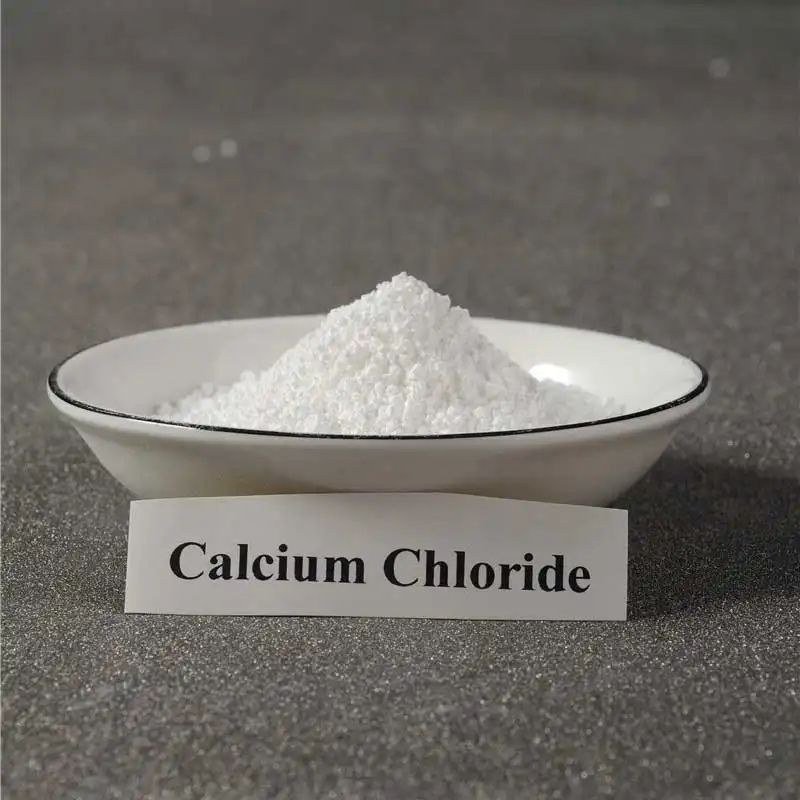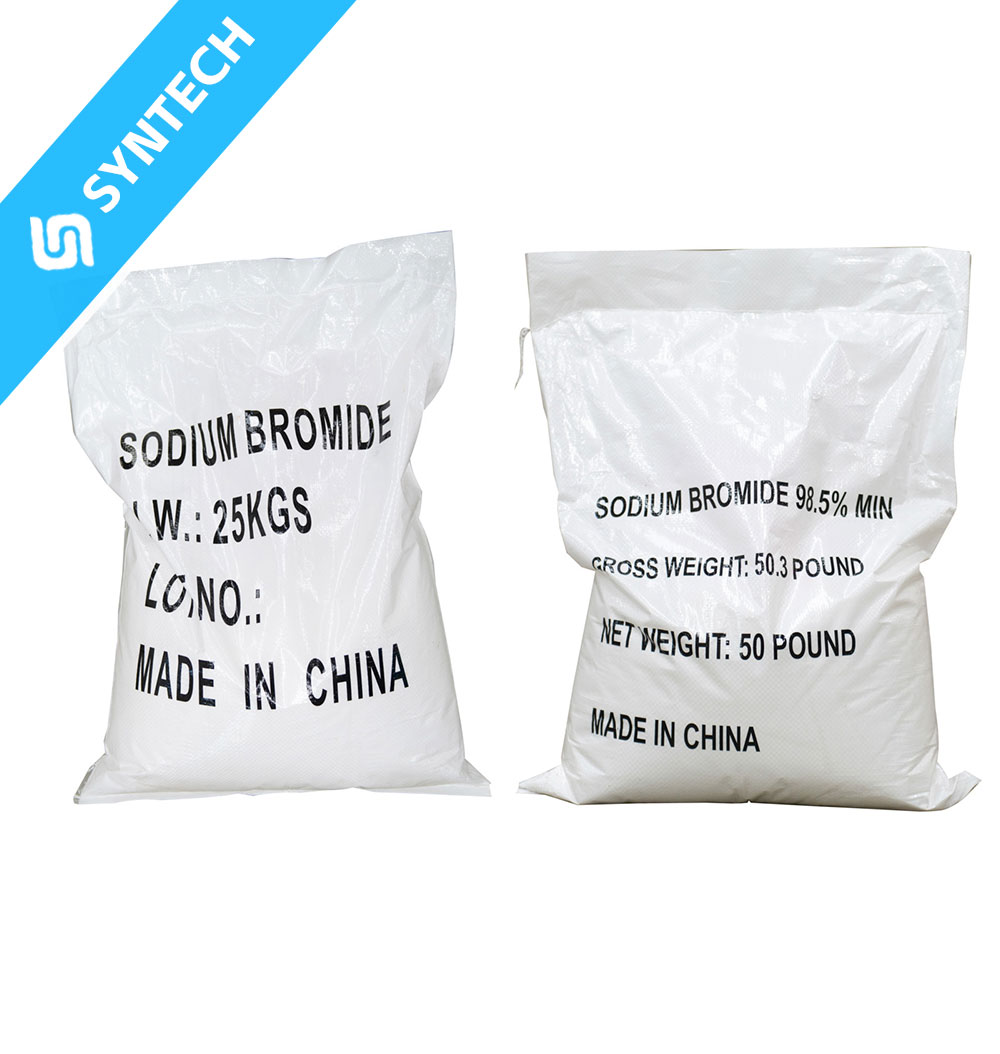In the oil and gas industry, sodium bromide (NaBr) is used to formulate high-density completion fluids, which play a critical role in well control, formation protection, and efficient wellbore operations. Below is a detailed explanation of how NaBr-based brines function in this application.
1. Fundamental Role of Completion Fluids
Completion fluids are specially designed liquids used during the final stages of well construction (after drilling but before production). Their primary purposes include:
- Maintaining wellbore pressure (preventing kicks or blowouts).
- Minimizing formation damage (avoiding plugging of reservoir pores).
- Facilitating perforation, sand control, and casing installation.
NaBr brines are favored because they provide high density without solid particles, unlike drilling muds that contain clays or barite.
2. How NaBr Works as a High-Density Completion Fluid
A. Density Control Through Solubility
- NaBr is highly soluble in water, forming a clear, solids-free brine.
- The density of NaBr solutions can reach ~12.5 lb/gal (1.5 g/cm³) at saturation.
- When blended with calcium bromide (CaBr₂), densities up to 15.1 lb/gal (1.81 g/cm³) can be achieved.
Mechanism:
- Dissolved NaBr increases the fluid’s ionic strength, raising its hydrostatic pressure.
- The higher the concentration, the greater the density, allowing precise pressure control to balance formation pressure.
B. Formation Damage Prevention
- Unlike drilling muds (which contain solids like barite), NaBr brines are clean and non-damaging to the reservoir.
- They prevent:
- Pore throat plugging (no solids to block permeability).
- Clay swelling (low reactivity with water-sensitive formations).
- Emulsion or wettability issues (compatible with most hydrocarbons).
C. Corrosion and Thermal Stability
- NaBr brines are less corrosive than ZnBr₂ or CaCl₂ brines, making them safer for casing and downhole equipment.
- They remain stable at high temperatures (up to 300°F/150°C), preventing crystallization or degradation.
D. Compatibility with Additives
NaBr brines can be modified with:
- Corrosion inhibitors (for extended well life).
- Biocides (to prevent bacterial growth).
- Scale inhibitors (to avoid mineral precipitation).
3. Comparison with Other Brines
| Brine Type | Max Density (lb/gal) | Advantages | Disadvantages |
|---|---|---|---|
| NaBr | 12.5 | Low corrosion, cost-effective | Lower density than CaBr₂/ZnBr₂ |
| CaBr₂ | 15.1 | Higher density, good stability | More corrosive than NaBr |
| ZnBr₂ | 19.2 | Ultra-high density | Highly corrosive, expensive |
NaBr is often chosen when moderate density with low risk is required, while CaBr₂/ZnBr₂ blends are used for ultra-high-pressure wells.
4. Field Application Process
- Preparation: NaBr is dissolved in fresh or treated water to the desired density.
- Filtration: The brine is filtered to remove any impurities.
- Wellbore Displacement: Drilling mud is replaced with NaBr brine before perforation or gravel packing.
- Pressure Maintenance: The brine’s hydrostatic pressure prevents formation fluids from entering the wellbore.
- Post-Completion Cleanup: The brine is flowed back or displaced before production begins.
5. Environmental & Safety Considerations
- Low toxicity compared to ZnBr₂ but must still be handled carefully.
- Bromide discharge regulations apply due to potential environmental persistence.
- Hygroscopic nature: Solid NaBr absorbs moisture and must be stored in sealed containers.
Conclusion
Sodium bromide serves as an effective high-density completion fluid by:
✅ Providing adjustable density for well control.
✅ Being solids-free to protect reservoir productivity.
✅ Offering low corrosion and good thermal stability.
✅ Allowing flexibility in blending with other bromides.
Its balanced performance makes it a cost-efficient and reliable choice for many completion operations.






